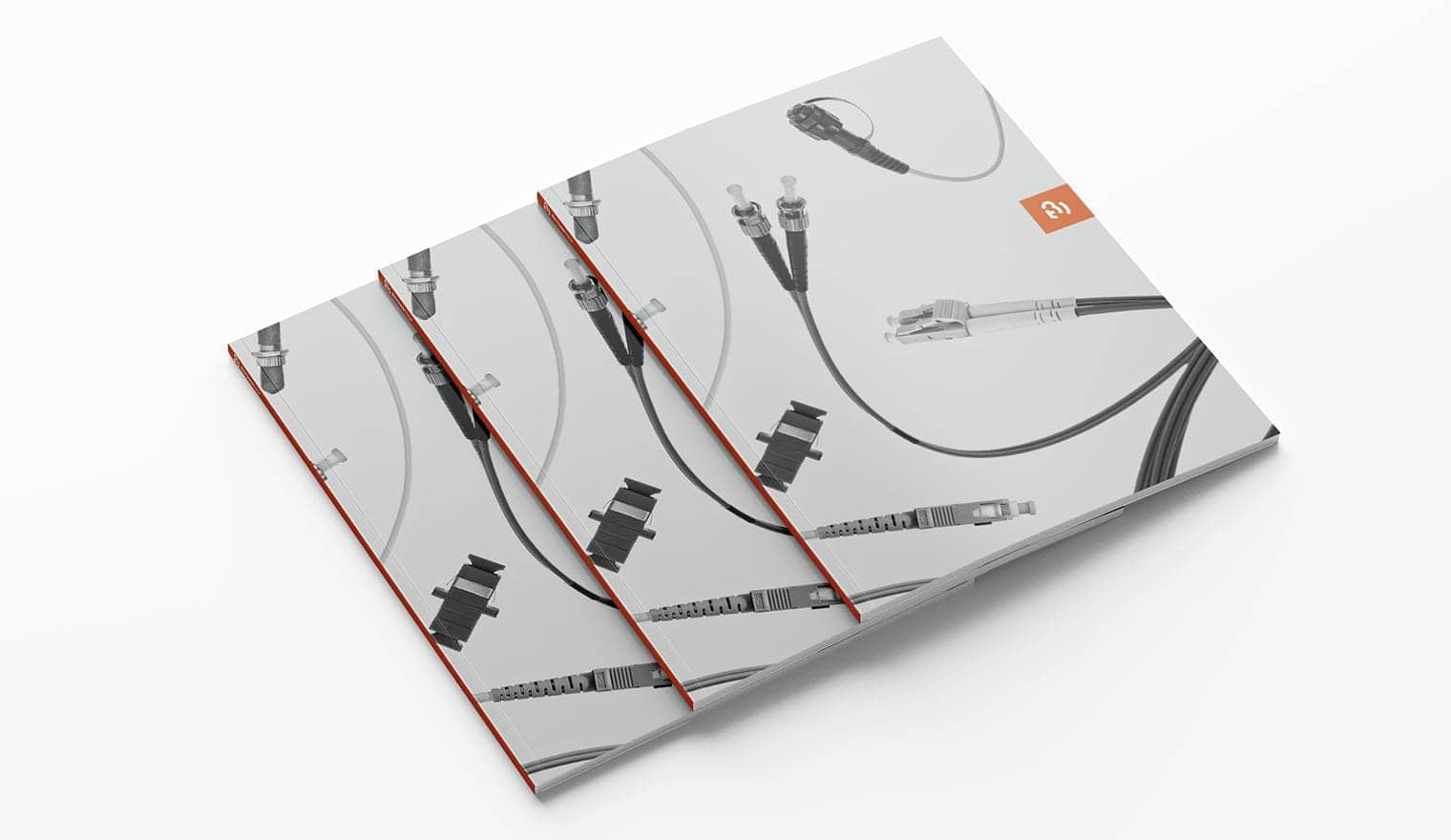SFP+ Cable: A Twinax Effective Telecom Solution: By Beyondtech
We are living at a time in which the reliance of data has reached unprecedented levels. The current crisis of the COVID pandemic that we are going through has forced us to depend on the Internet basically to do every single thing in our lives: from working to studying, shopping and even working.
This demand of data consumption does not refer to the Internet connection itself, but we also need that that connection can be as fast as possible. Hence, more bandwidth is needed to be able to meet the world’s connection requirements. One way to achieve this is by a technique called server virtualization, where several virtual machines are joined to one physical host server.
 |
 |
The thing is that in order to satisfy the increasing amount of operating systems and applications that are already depending on individual servers, that virtualization asks for more and more data to be transmitted between servers and switches. It should be noted that there is also an increase in the quantity and type of devices that are incorporated on the networks, so that increase of demand in data can certainly get overwhelming. And this is where DAC cables come to the rescue.
What is a DAC cable?
DAC stands for Direct Attach Copper, and a DAC cable is a special type of twinax copper cable that connects the ports of devices like switches, routers and servers in a data network.
DAC cables represent an effective solution that offers several benefits: it can be purchased at a low cost and it allows for the connection of high density and high speed devices within a Telecom network, which explains why DAC cables are becoming increasingly popular additions in Telecom installations and projects.

Amongst the typical applications of these cables are high speed I/O applications for data storage, networking and telecom markets, switches, servers, routers, network interface cards (NICs), Host Bus Adapters (HBAs), etc.
Types of DAC Cables
There are essentially two main types of DAC cables: active and passive, which are basically defined by the presence (or not) of electric signals. That being said, if a DAC possesses electrical circuitry then it is an Active DAC, and if it doesn’t then it is a Passive DAC. Since Passive DAC’s do not have any electrical components, its power consumption is very small -some technicians even consider it inexistent. It is actually around or less than 0.15w, but its transmission length is limited to 5 meters.
Passive DAC’s also have a crucial condition to function: the host networking equipment or device must support the signal processing functions. The networking device reads the module type when an SFP+ is plugged in, and the signal conditioning will activate only after that Passive DAC has been detected. Ultimately, standard signals are sent across the SFP+ connector.
The Beyondtech Solution: PureOptics ™ DAC Cable:
Nearly 80% of all SFP+ equipped switches that are available in the market these days are able to support Passive DACs. The rest will not be able to have that signal conditioning. Thus, they need to have Active DAC’s that are more sophisticated and hence more expensive so that the connectivity can be accomplished.
Active DAC’s vs. Passive DAC’s?
The dichotomy between using Active or Passive DAC’s poses a challenge when it comes deciding which way to go. As with most of Telecom scenarios, that choice will depend on some variables:
- Connectivity: certain switches require to employ mainly SFP+ transceivers, so adding a switch that supports Passive DAC’s might not be justified. Nonetheless, if SFP+ ports demand to be equipped mainly with DAC’s, then the significant cost of having that switch will be compensated on the long term by using less expensive Passive DAC’s in contrast to more expensive Active DAC’s.
- Length: If you have a Telecom installation that calls for the use of DAC’s for a transmission length of around 7 meters or less, then the use of Passive DAC’s is certainly justified. In case of having to transmit data over lengths superior to 7 meters, then Active DAC’s are needed regardless of the type of switch, so the decision of going for a less expensive switch that only accepts Active DAC will be the right one. Keep in mind that a switch that supports signal condition will not use its internal signal conditioning circuitry when it detects the insertion of an Active DAC. It will finally leave that rol to the Active DAC instead.
Advantages of DAC Cables
- Data transmission rate: DAC cables are able to support data transmission rates from 4Gbps to 10Gbps. These rates are significantly higher than traditional copper cables’.
- Interchangeability: Advances of copper technology due to an impressive progress in development of that metal has made possible the interchangeability between DAC cables and optical transceivers. Hence, both of them are equally swappable.
- Cost: Due to the fact that copper cables are significantly cheaper than fiber, having DAC cables in your projects and installation will decrease the final costs of your budget in a considerable way.
- Temperature: One of the great things of DAC cables is that their cores are built with copper, a metal that offers great levels of heat dissipation. Passive DAC’s consume a very minimal amount of electrical power, so it doesn’t produce any heat, this means that they are able to bring more versatility since they can be used in wider temperature ranges.
The Issue of DAC Compatibility
Whenever you connect devices into pieces of equipment, the question of whether those two components are compatible in order to make that connection work comes to mind. You may be buying a low-cost DAC, but if it is not compatible with the switch or server it will be connected to, then you are not really saving any money -you may be even spending more.
 |
 |
To avoid any compatibility issues, we recommend reading the technical sheet of your switch, router or server. Each manufacturer features a selection of DAC cables that are compatible with their equipment, so make sure that the DAC that you have in mind is compatible with the equipment you already have in your installation. Some of this information is only available online, so you also may need to do an online research on the technical requirements of your equipment, since all of this data is relatively recent.
Be aware that you don’t need to buy a DAC cable from the same telecom manufacturer of your switch, router or server. Most of the trusted equipment vendors in the market have already been pre-programmed to match the code of the equipment that will act as the host of that cable.
DISCLAIMER: The SFP DAC Cable compatibility chart is from the authorship and exclusive property of Beyondtech, Inc. His reproduction is banned in the integral or partially without mentioning his authorship, as well as the alteration of his content or context.






